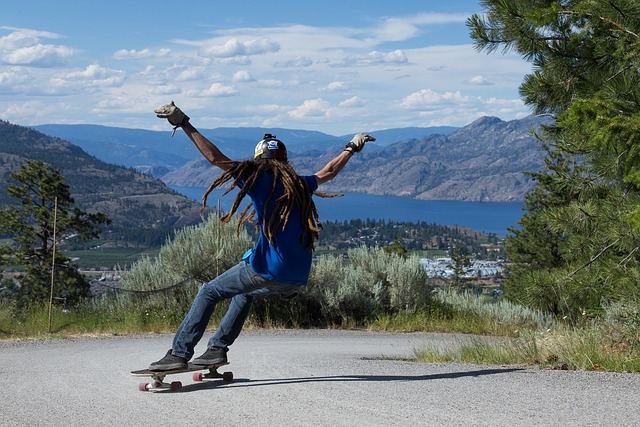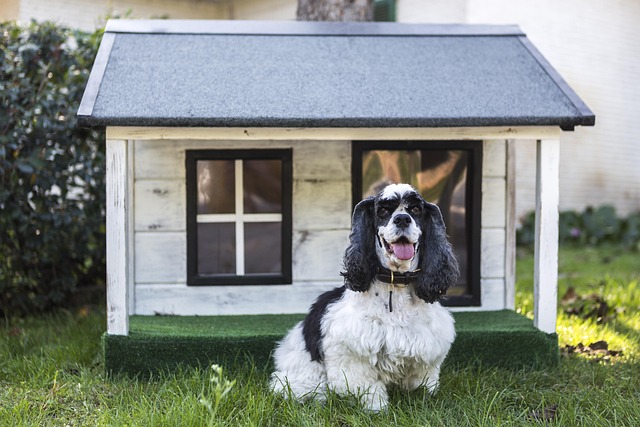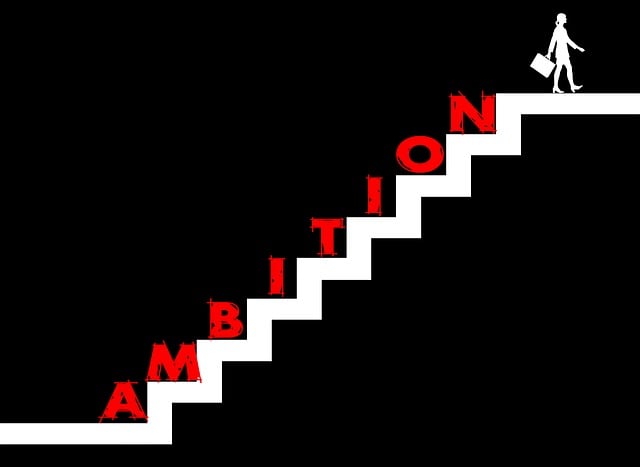Longboarding offers a unique blend of cruising, carving, and dancing on wheels. As a beginner, opt for a 90-100 cm board for stability and focus on mastering balance and turns. Safety gear is essential; wear a helmet, pads, and suitable shoes. Practice different stances, footwork, and "pump" techniques to improve control. Start slow when tackling slopes and curves, building confidence gradually. Master foundational skills to enhance safety and serve as a base for advanced tricks. Explore wheel options, high-performance gear, and join the online community as your skills advance.
“New to the world of longboarding? This comprehensive guide is your ultimate companion for an exhilarating journey on four wheels. From understanding the basics like standing, balance, and turning to choosing the perfect board for your style, we’ve got you covered. Learn essential safety gear to boost your confidence. Master stance patterns and navigate slopes with ease. This beginner’s overview also includes advanced tips to help you evolve from novice to expert in no time.”
Understanding Longboarding: A Beginner's Overview

Longboarding is an exhilarating and accessible activity that’s perfect for beginners looking to explore a new hobby. It offers a unique blend of cruising, carving, and dancing on wheels, making it both fun and engaging. For those just starting out, a longboard provides a steady learning curve, allowing you to develop your skills at your own pace.
A longboard for beginners typically features a longer deck for enhanced stability and a softer flex pattern that absorbs impact, providing comfort during rides. These boards are designed to make learning basic turns, pushes, and glides intuitive and enjoyable. Whether you’re cruising through the neighborhood or carving through the park, longboarding offers a freedom and sense of adventure that’s hard to beat.
Choosing the Right Board for Your Style and Needs

When starting out with longboarding, selecting a board that aligns with your style and requirements is key. For beginners, it’s often recommended to opt for a longer, wider board, typically ranging from 90 to 100 centimeters in length. These boards offer stability and make it easier to maintain balance, which is crucial when learning to ride. The extra length provides a larger platform, allowing you to place your feet comfortably and control the board with more ease.
Consider your desired riding style as well. If you plan on cruising around town or simply enjoying leisurely rides, a drop-through or pin tail longboard could be ideal. These designs offer lower centers of gravity, making them more stable at low speeds. Conversely, if you’re inclined towards carving and want to learn tricks, a narrower board with a twin tip shape might suit your needs better.
Mastering the Basics: Standing, Balance, and Turning

Mastering the fundamentals is key when starting your journey with a longboard for beginners. One of the first skills to learn is maintaining balance, as it forms the basis for all other maneuvers. Practice standing still, focusing on keeping your center of gravity centered over your feet. This stable foundation will help you feel more at ease and confident while cruising along.
Once comfortable with balancing, the next step is learning to turn. Start by making gentle turns, gradually increasing their sharpness as you improve. Visualize yourself carving through the streets like a professional, but take it slow. The turning technique involves slightly bending your knees, leaning into the turn, and adjusting your body weight accordingly. With regular practice, these basic movements will become second nature, paving the way for more advanced longboard tricks and techniques.
Essential Safety Gear for Novice Longboarders

When just starting out on a longboard, prioritizing safety is key. Essential gear to invest in includes a high-quality helmet designed specifically for skateboarding and longboarding. This protective headgear is your first line of defense against potential falls and injuries. Additionally, knee and elbow pads are must-haves, offering crucial impact protection during tumbles or sudden stops.
For beginners, a pair of comfortable and well-fitting longboard shoes is essential. These shoes provide grip and support while riding, allowing for better control and stability. Remember, proper safety gear isn’t just about protection; it ensures a more enjoyable and confidence-building experience as you learn to navigate the roads on your new longboard for beginners.
Practicing Different Stance and Footwork Patterns

For those new to longboarding, mastering different stance and footwork patterns is a fundamental step in enhancing your overall experience. Start by practicing various stances—regular (front foot leading), goofy (back foot leading), or even switch (alternating feet)—to build comfort and balance across all positions. This versatility not only allows you to adapt to different terrain but also makes navigating turns and maneuvers more intuitive.
Next, explore a range of footwork patterns tailored for beginners. The classic “pump” technique, where you lift your back foot and tilt the board to generate momentum, is excellent for gaining speed and carving smoothly. Additionally, learning basic stoppers like the heel-side and toe-side stop will enable you to control your speed effectively. These exercises not only improve control but also prepare you for more advanced tricks as you progress with your longboard for beginners journey.
Navigating Slopes and Curves with Confidence

For newcomers to longboarding, tackling slopes and curves can seem daunting at first. However, with the right approach, it becomes an exhilarating journey of balance and control. One key tip is to start slow and focus on maintaining your center of gravity low. This involves bending your knees slightly and keeping your body aligned over the board. As you gain confidence, gradually increase your speed while refining your turning techniques.
Remember, curves are not just about leaning into them; it’s an art that requires a subtle push and release of pressure to maintain momentum. Practice in open spaces with gentle slopes first, allowing yourself to feel the board respond to your movements. With time and experience, you’ll develop a natural flow, making those slopes and turns second nature as you navigate with ease on your longboard for beginners.
Advanced Tips to Enhance Your Longboarding Journey

For those just starting out on their longboarding journey, it’s all about building a strong foundation. Focus on perfecting your stance, learning to balance, and developing smooth turning techniques. These core skills will not only make you a safer rider but also open up a world of advanced tricks and maneuvers later on.
As you grow more comfortable, incorporate advanced tips into your routine. Experiment with different wheel combinations for varied terrain, invest in quality longboard gear designed to enhance performance, and join the vibrant community of riders online for tips, tricks, and inspiration. Remember, longboarding is a skill that continually evolves, so keep pushing yourself, staying safe, and most importantly, having fun!
